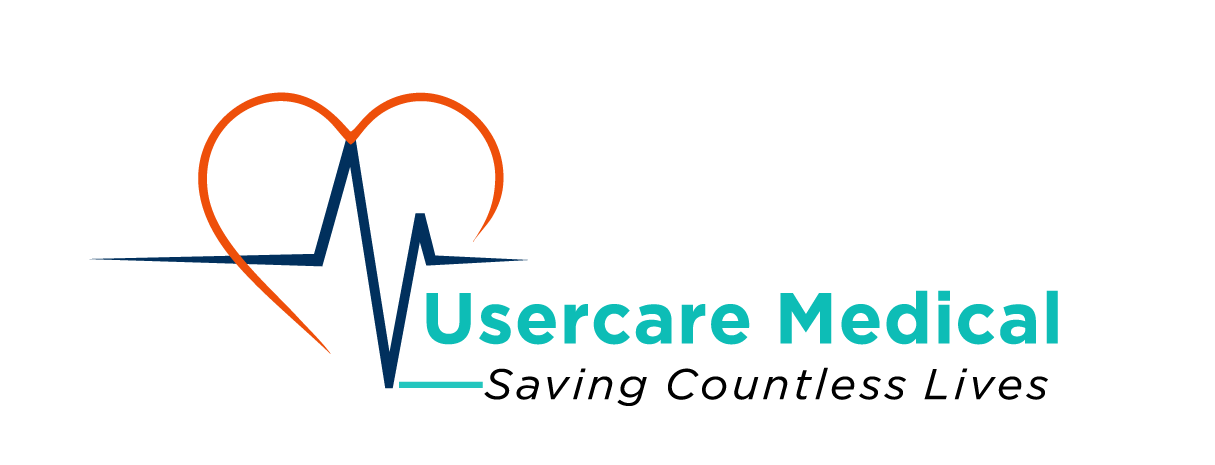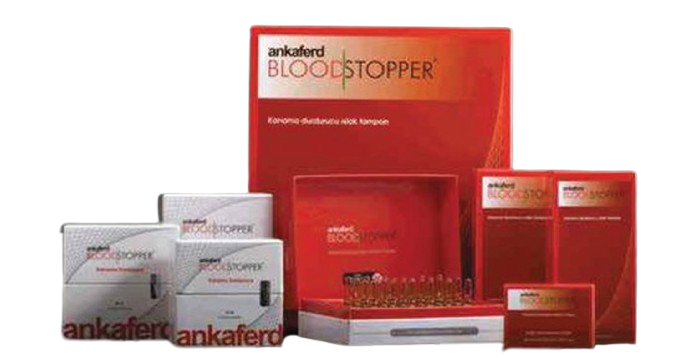Application of Haemostatic Agents in the Medical Industry
Haemostatic agents, also known as hemostatic agents, are substances or devices used to control bleeding by promoting coagulation (clotting) of blood. They have a wide range of applications in the medical industry, from surgical procedures to emergency medicine. In this blog, we will explore the different types of haemostatic agents and their uses in the medical field.
Types of Haemostatic Agents:
- Mechanical Haemostatic Agents: These agents work by applying pressure to the site of bleeding. Examples include gauze, compression dressings, and tourniquets.
- Topical Haemostatic Agents: These agents are applied directly to the site of bleeding and work by promoting the clotting process. Examples include fibrin sealants, gelatin sponges, and collagen dressings.
- Systemic Haemostatic Agents: These agents are administered intravenously and work by increasing the coagulation process. Examples include tranexamic acid and desmopressin.
Uses of Haemostatic Agents:
- Surgical Procedures: Haemostatic agents are commonly used during surgical procedures to control bleeding. They are particularly useful in surgeries that involve highly vascular tissues, such as the liver and spleen.
- Trauma: In emergency medicine, haemostatic agents are used to control bleeding in patients who have suffered traumatic injuries. They can be particularly useful in situations where a patient is bleeding profusely and traditional methods of haemostasis, such as direct pressure and tourniquets, are ineffective.
- Dental Procedures: Haemostatic agents are also commonly used in dental procedures, particularly in patients who are taking anticoagulant medication. They can help to control bleeding during procedures such as extractions and root canal treatments.
- Military Applications: Haemostatic agents have been used in military settings to control bleeding in soldiers who have suffered injuries on the battlefield. They can help to prevent blood loss and increase the chances of survival in these situations.
Limitations of Haemostatic Agents:
While haemostatic agents are generally safe and effective, they do have some limitations. For example, they may not be effective in patients who have coagulopathy (a condition that affects the blood’s ability to clot). Additionally, some haemostatic agents can cause allergic reactions or other adverse effects in some patients.
Conclusion:
Haemostatic agents play a crucial role in the medical industry, particularly in surgical procedures and emergency medicine. They can help to control bleeding and prevent excessive blood loss, which can be life-saving in certain situations. While they do have some limitations, haemostatic agents are generally safe and effective when used appropriately. As technology and research continue to advance, it is likely that new and improved haemostatic agents will continue to be developed and used in the medical field.





